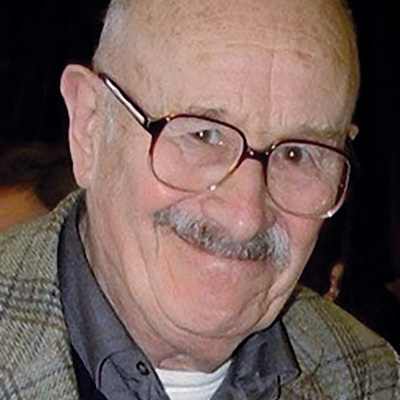Enlightened thinking
The Royal Society of Arts is clearly looking to connect its proud past with the future using the new strapline ’21st century enlightenment’. David Bernstein says it is no empty promise

With libraries threatened, the Arts Council’s budget slashed and the BBC World Service to lose a quarter of its revenue, let us lift up our eyes to ’21st century enlightenment’, the new strapline of the Royal Society of Arts.
The RSA has entitlement. Check ’enlighten’ in the Oxford English Dictionary ’to supply with intellectual light to remove ignorance’ and run that against the society’s history on its website. A pioneer since its foundation in 1754, unafraid to question conventional wisdom, the RSA in 1797 instituted a prize for an invention to replace children as chimney sweeps.
Its website declares an interest in ’ideas and action and the complex links between the two’. That is no reinvention. The Royal Society for the Encouragement of Arts, Manufactures and Commerce has always been a practical body, originating initiatives, conceiving projects and tackling all manner of tasks. It now calls itself ’an enlightened organisation finding innovative practical solutions to today’s pressing social problems’. One problem, spinal cord injury, led to the design and rehabilitation project conceived by the society’s director of design, Emily Campbell (DW 17 March).
The new strapline is the brainchild of chief executive Matthew Taylor, a committed blogger, sharing his ideas, doubts and research results. So we learn that the strapline was endorsed by the fellowship with five to one in favour. However, when he explains his thinking ’The aim was to connect our past and future and also to have a mission which seems distinctive while being open to a variety of interpretations’ you wonder if all those in favour were voting for the same thing.
But you can’t knock the society’s pride in its past and belief in the relevance of its heritage. It was typical of the RSA in 1951 to contribute to the Festival of Britain by staging an ’exhibition of exhibitions’, all its own work, comprising the first exhibition of contemporary art (1760), the first industrial exhibition (1761), ditto industrial design (1847-50), the Great Exhibition (1851) and the first photography exhibition (1852).
The pioneering spirit lives on with fellowship networks and society initiatives. RSA Catalyst helps fellows from around the world ’turn ideas into successful products with a tangible social benefit’. RSA Support is a skills bank enabling fellows to contact others of like mind in specific locations and organisations. There is a social entrepreneurs network. The Manchester fellows’ network held discussions with bus company First Group, from which came a fully equipped media bus giving schools and community groups the ability to produce films on a tight budget quickly.
Fellowship Activity is one of three ’cogs’ in Taylor’s, admittedly pre-digital, model of the RSA at work. The 27 000 fellows, he blogs, ’are themselves a powerful source of ideas and a motor of change in both society and the society’. The other cogs are ideas and influence and research and development. Ideas come into the society and are transmitted to a wide audience, ’cabinet ministers to budding social engineers’. On R&D Taylor becomes expansive. The RSA’s role is to ’develop, refine, test and roll out our own ideas about how best to enhance human capability [with a particular focus on the capability of the least advantaged]’.
’21st century enlightenment’ is no empty promise, though its manifestations will demand constant care and attention. This year the RSA’s long-serving president, Prince Philip, consort of the society’s patron, steps down. His successor is Princess Anne. Enlightened nepotism?
David Bernstein was founder of The Creative Business and is a creative consultant
-
Post a comment




